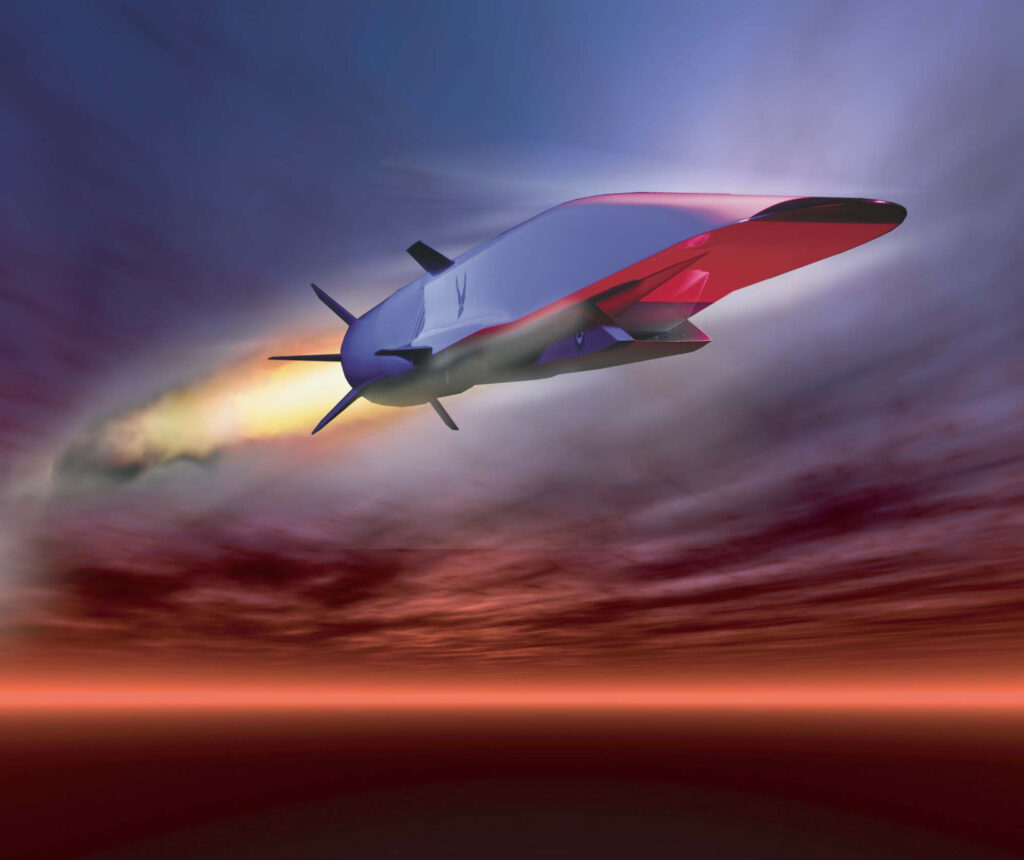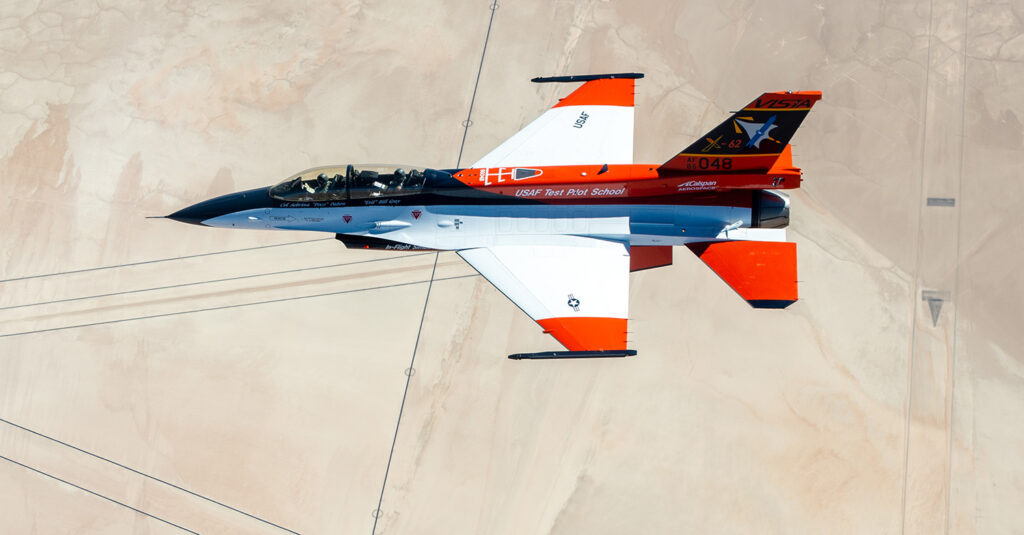Over the weekend, images surfaced on social media that strongly suggest Ukraine is now operating America’s secretive ADM-160 Miniature Air Launched Decoy, or MALD in the ongoing fight against Russian forces. The MALD is an advanced flying decoy capable of broadcasting the radar return of any aircraft in service, allowing the air-launched system to trick enemy air defenses into seeing anything from a nimble inbound fighter to a massive strategic bomber and anything in between.
#Ukraine: Remains of 🇺🇸 AGM-160B MALD decoy missiles were found today after a powerful strike on a Russian target in the city of #Luhansk.
— 🇺🇦 Ukraine Weapons Tracker (@UAWeapons) May 12, 2023
Decoys like this are designed to deceive enemy's air defense systems, and as in this case, to allow a real munition to pass through. pic.twitter.com/IzjGGGk2bH
These systems are often leveraged as part of a broader suppression of enemy air defense operation, with MALDs leading the way, broadcasting decoy radar returns, and prompting air defense radar arrays to come online to engage the decoys.
While official confirmation has yet to be released, social media posts of the debris claim the MALD wreckage was found in the vicinity of a Ukrainian airstrike against targets in the Eastern Ukrainian city of Luhansk.
As The Warzone previously reported, markings on the debris appear to suggest the system was an ADM-160B variant of the MALD, which is among the more dated versions of the system. The ADM-160B MALD has an operational range of some 500 miles.

Related: The A-10 could actually help win the skies over the next big fight
What is the ADM-160 MALD?
The ADM-160 MALD, or Miniature Air-Launched Decoy, is exactly what its name suggests: a small vehicle that’s launched by aircraft, like a cruise missile, that can mimic the radar returns of any American aircraft in service. While the various iterations of the MALD can’t destroy enemy surface-to-air missiles, they can play a huge role in helping to eliminate even the most advanced integrated air defenses on the planet.
The nine-foot-long, 300-pound MALD manages this feat via a Signature Augmentation Subsystem (SAS), which leverages active radar enhancers that broadcast across a wide range of frequencies to fool defensive radar systems into mistaking the missile-shaped MALD for jets ranging from the original gangster of stealth, the F-117 Nighthawk, all the way up to massive payload-ferrying bombers like the B-52.

MALD development slowed in the late 1990s, however; hindered to some extent by the goal of keeping system costs low. By 2002, the Air Force was ready for a new take on the MALD concept, scrapping the $30,000 ADM-160A in favor of a new competition that would result in Raytheon’s larger and more capable ADM-160B, carrying a per-unit price tag of $120,000. This is the system reportedly now seeing use in Ukraine.
By 2016, the ADM-160C MALD-J was officially in service for the United States, incorporating not only the Signature Augmentation Subsystem of the original that can mimic the radar returns of other aircraft, but also a modular electronic warfare capability developed under the name CERBERUS. Rather than a single jammer, CERBERUS offers a variety of interchangeable electronic warfare (EW) payloads that can be swapped in and out in less than a minute, allowing for tailored EW attacks for a variety of battlefield conditions.
Related: America’s loitering radar-hunting missile is due for a comeback

In other words, the small and expendable MALD-J, currently carried into the fight by F-16s or B-52s (and potentially soon A-10 Warthogs), is capable of fooling enemy air defenses into thinking they’re all sorts of incoming aircraft, and can also jam early warning and targeting radar arrays to further complicate matters for defending forces.
While not as broadly capable or as powerful as dedicated electronic warfare aircraft like the Navy’s EA-18G Growler, the MALD-J’s ability to swap EW payloads for increased effect still makes it a highly effective system. And because the MALD is non-recoverable (or expendable), it can fly much closer to defending systems than any Growler would, offsetting its reduced broadcast range by simply flying closer to the target.
Related: The S-400 myth: Why Russia’s air defense prowess is exaggerated

The MALDs in service today can cover 500 miles and remain airborne for over an hour, all the while complicating matters for any radar operators in the area. The newest iteration of the system, the MALD-X, incorporates even more advanced EW capabilities alongside an encrypted data link that will allow it to take cues from other platforms, shifting from a pre-programmed asset to a dynamic one capable of playing a more active role in combat operations.
Previously, after a MALD was launched, it would fly along a pre-programmed flight path based on intelligence gathered prior to the mission, regardless of how effective that path proved to be. Now, however, the MALD-X will be able to take commands during mid-fight, adjusting its flight path to suit the changing battlefield environment. This evolution of the system completed free-flight test demonstrations in 2018. The MALD-X is meant to eventually lead to a new iteration of the system meant for the Navy, dubbed the MALD-N.

In a large-scale conflict against a country with substantial air defense capabilities, there is a high likelihood that the ADM-160C MALD-J would be among the first American assets to cross into enemy airspace. By deploying a high volume of these jamming decoys into a contested area alongside cruise missiles and aircraft, air defense systems would be forced to try to divine the difference between real and fictional radar returns on their scopes, and all while sifting through a stream of static delivered by the system’s jamming capabilities.
And while Ukraine appears to be operating the older and more dated ADM-160C, the system would likely be more than capable of wreaking havoc on the dated Russian air defense systems broadly being employed in this conflict.
Launching interceptors at the flood of real and simulated radar returns pouring into enemy airspace would leave these systems vulnerable to attack from anti-radiation missiles like the AGM-88 or the more advanced AARGM-ER, soon to be carried internally by F-35s, while simultaneously depleting their surface-to-air missile stores.

In Ukraine, a formation of ADM-160B MALDs could fly ahead of Ukrainian MiG-29s armed with AGM-88 HARM missiles, with the MALD’s presence lighting up Russian air defenses and the MiG’s engaging them with their anti-radiation missiles. However, as other reports of UK-sourced Stormshadow missiles also being leveraged in the Luhansk region, the MALDs may have been employed as a distraction for Russian defenses as the stealthier Stormshadow missiles approached their targets.
Related: Hypersonic hype overestimates modern missile defense capabilities
MALDs in near-peer conflicts
By mixing combat tactics and using MALDs to replicate tactics leveraged in previous real attacks, the efficacy of these systems could remain high even deep into a conflict. Put simply, ignoring an encroaching swarm of fighters or bombers on your radar screen is just too risky, even if they prove to be nothing more than decoys some of the time.
Mix in some long-range low-observable cruise missiles like the Joint Air-to-Surface Standoff Missile (JASSM), which can be lobbed into the fight by A-10s, B-52s, a variety of fighters, or in larger groups by cargo aircraft thanks to programs like Rapid Dragon, and you’ve created a terrifying swarm of real and fictional threats that even the most advanced integrated air defense systems on the planet couldn’t hope to effectively manage.
The use of the MALD as a part of a broader combined strategy could allow the United States to return to an approach to air warfare that’s somewhat reminiscent of the bombing raids of World War II — where defeating the enemy’s air defenses was more a question of volume than successful tactics. Except in a modern fight, most of the targets that would actually appear on enemy radar screens wouldn’t be real, and the most pressing threats from stealth aircraft or cruise missiles may not appear on targeting scopes at all.
And that’s a very difficult problem for any opponent to solve.
Read more from Sandboxx News
- America’s loitering radar-hunting missile is due for a comeback
- A complete guide to why a no-fly zone over Ukraine won’t work
- Why the A-10 is just not the right jet for Ukraine
- The A-10 could actually help win the skies over the next big fight
- How one Serbian commander proved stealth is not invisibility





